Canvassing for a cause: women artists who bought feminism to art
If one looks back on art through the ages, the names of women artists and their work are largely conspicuous by their ‘absence’ and names like Properzia de’ Rossi and Mary Cassatt don’t have the same recall value as as their male counter parts. Michelangelo, Picasso, Van Dyck are names that easily roll of the tongue. Barring Frida Kahlo, and a few others like Anjolie Ela Menon and Arpana Caur closer home, one struggles to remember the names of women artists, making art yet another sector where women have not found parity with men.
Deepa Subramanian, Founder and Creative Head of Galerie De’Arts in Bengaluru says, “The gender issue is a worldwide phenomenon in all industries and art is no exception. Whether it’s an auction or a museum presence, you will find up to 70 percent of artists are males. However, I find these imbalances a bit skewed, particularly in specific industries such as art, where women are considered to be naturally oriented to creativity. Things are changing slowly although it still remains a challenge for brilliant women artists to come to the forefront without a bias.”
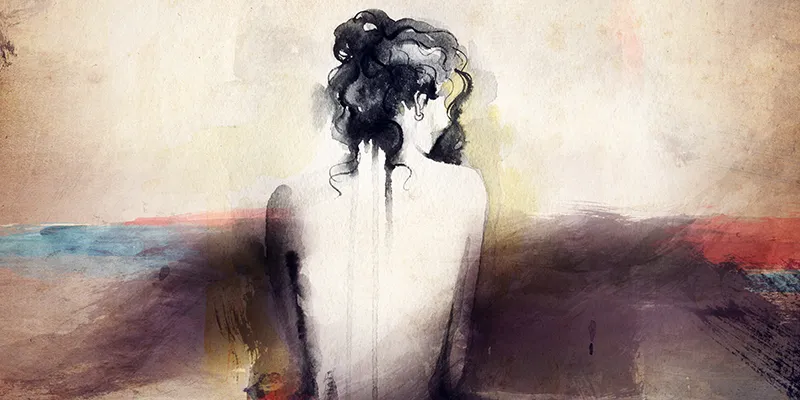
The number of women artists over the centuries has not been insignificant, it’s just that their art has not received the same reception, appreciation, and popularity as the male artists. Despite the gender bias, and the passive reception women artists have faced over the centuries, women artists have brought feminism to the art world and used their brush strokes to make a point.
Paula Modersohn-Becker (1876 –1907)
Paula was a German Expressionist painter Expressionism is a modernist movement that originated in Germany at the beginning of the 20th century. It presents the world from a subjective perspective, while distorting it drastically for emotional effect in order to invoke moods or ideas.
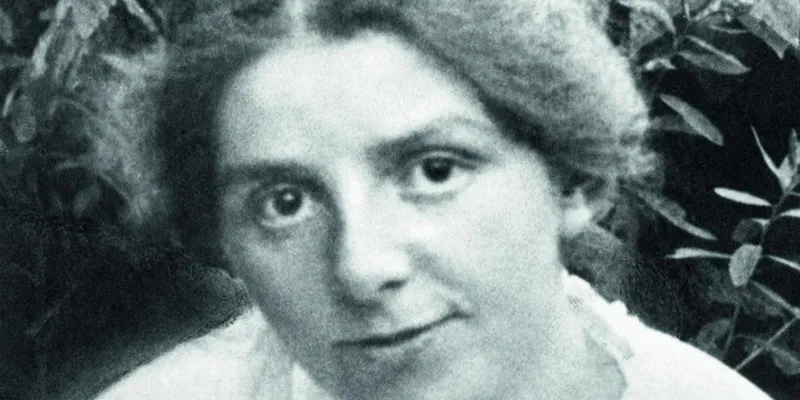
She is recognised as the first female painter to paint female nudes. She explored the female form in her paintings. However, her career was cut short at the age of 31 when she died shortly after her daughter was born.
Her contemporaries were Picasso and Matisse, and though she received no recognition from the art world or fellow artists, she produced over 700 paintings and 100 drawings. The works to watch out for include Reclining Mother and Child, Self-portrait, and Stillende Mutter.
Amrita Shergill (1913 – 1941)
Amrita Shergill was an Indian painter born in Hungary to a Punjabi father and a Jewish mother. Through her art she represented the plight of women both in India and abroad.
She has been an inspiration to a host of Indian artists. She has inspired the popular Urdu play, Tumhari Amrita, by Javed Siddiqui, starring Shabana Azmi and Farooq Sheikh.
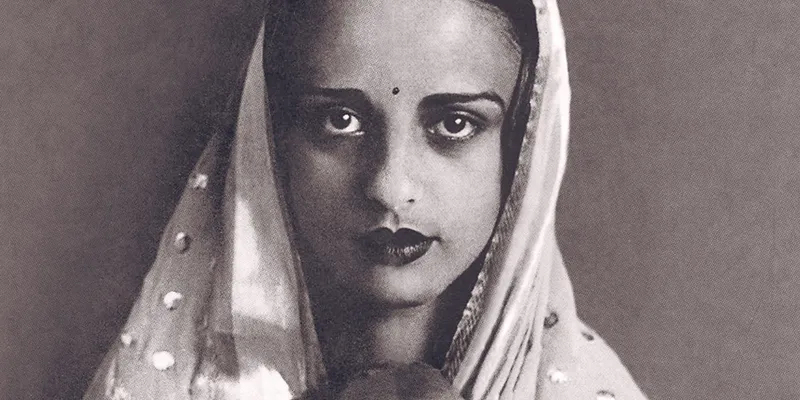
One of the most celebrated artists from India, she has been reportedly referred to as India’s Frida Kahlo. She studied art at Paris and travelled across India. Her works include – Bride’s Toilet, Hungarian Gypsy Girl, and Village Scene. Though her work has Western influence in the modes of painting, the paintings reflect Indian women in bright colours. Her paintings give a sense of her in-depth knowledge about her subjects.
Leonora Carrington (1917–2011)
Leonora was born in England, to an Irish-Catholic family. She turned to art as she found it difficult to cope with the societal standards and the expectations her father had from her to conform to these. She studied art in London.
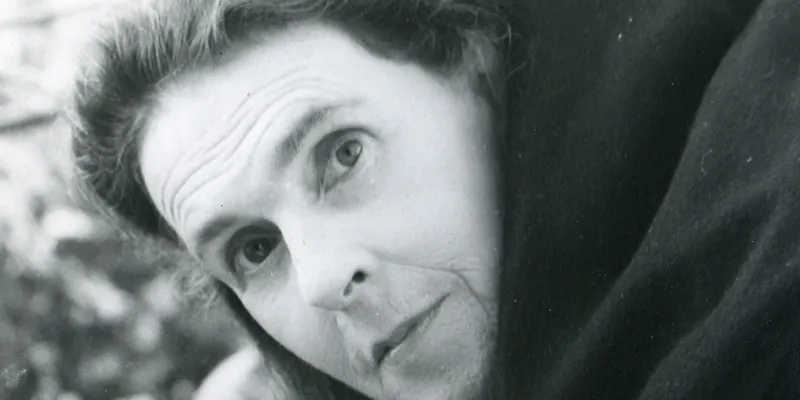
Her work depicts female sexuality, and in the 1940s she focused on the underlying theme of women’s roles in the creative process. She was a part of European Surrealism, a movement started in 1920s where artists featured an element of surprise and unexpected juxtapositions.
Leonora exhibited internationally with other Surrealists, where she was the only female English professional painter. Her works include – Self-Portrait (Inn of the Dawn Horse), The Temptation of St. Anthony, and The Memory Tower.
Frida Kahlo (1907 -1954)
She is one of the most celebrated artists. A Mexican painter, Frida Kahlo is known for self-portraits. An accident, when she was young, caused her lifelong health issues; she also had polio. She was confined to her bed and often painted while lying down. Her isolation led her to draw self-portraits. She used her own life as an inspiration for many paintings, through which she spoke of her miscarriages and infertility such as the Henry Ford Hospital and Roots.
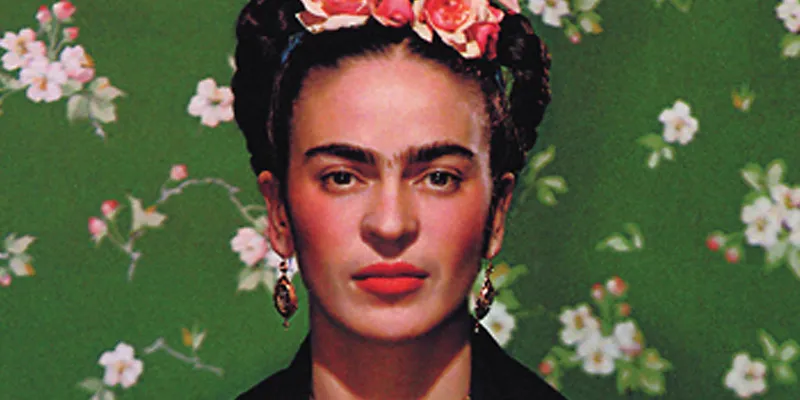
Her work wasn’t about just the female form and experience, but also showcased Mexican culture and traditions. Kahlo created at least 140 paintings, along with dozens of drawings and studies. Of her paintings, 55 are self-portraits.
She was married to the famous Mexican artist Diego Rivera, with whom she had a tumultuous relationship. Her painting, The Frame, was the first work of a twentieth-century Mexican artist that the Louvre purchased.
In the 1960s and 1970s, when the second wave of feminism gained ground in the US, feminist art production also gained momentum.
This boosted feminist art and women artists. Though gender disparity still exists, women artists today have a receptive audience and more avenues to share their viewpoints through art.







